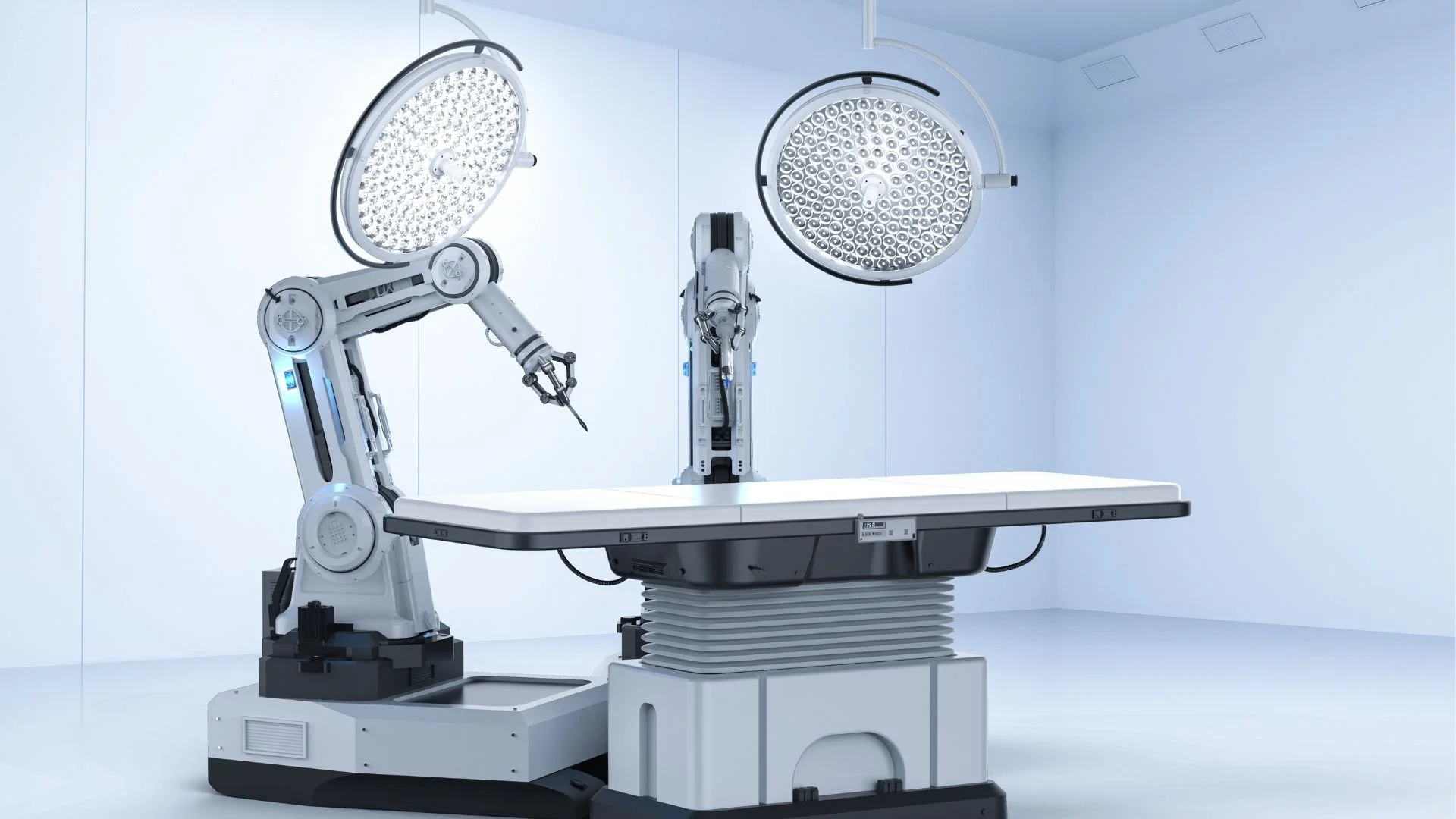Why Every Modern OT Needs a C-Arm: Imaging at the Heart of Minimally Invasive Surgery?
By Mr. Navjot Singh,Executive Director, Trivitron Healthcare.
In today’s scenario of a modern OT considering all the possibilities regarding the development of minimally invasive surgery, if one omits a C-arm, then they are not being comprehensive. Essentially, it provides flexibility, control, accuracy, and speed- the four key cornerstones on which the surgical success of today's surgery rests.
In the medical surgical field, along with advancements comes the demand for precision. While minimally invasive techniques are making their mark in operating theatres worldwide, the concept of real-time imaging cannot be overstated. Possibly one of the more potent influencers is a C-arm.
Once only included in regular cases as an additional instrument, the C-arm has become a standard feature in the operating theatre. It observes and supports clinic-anatomic relationships, and therefore, when working together with the human eye, has elevated the levels of precision to a level that would be totally beyond human judgment.
Mr. Navjot Singh, Executive Director, Trivitron Healthcare.
Precision with Mobility- Designed For Surgeons
One of the most fascinating aspects of the C-arm is its ability to move, unlike traditional static imaging systems. The C-shaped design allows it to rotate freely, enabling physicians to visualize anatomic structures at any angle without disturbing the patient. This dynamic range of motion allows for quick intraoperative adjustments, a valuable asset in complex cases such as spinal surgeries or fracture fixations, where even a millimeter can make the difference between success and failure.
It is more about control than anything else. Intraoperative adjustments to the C-arm can be made to accommodate the specific requirements of the surgical procedure. The C-arm captures the tricky posterior view during sacrum/pelvis trauma perfectly, and ensuring proper implant placement might be beneficial to the surgeon during the procedure.
Improving Intraoperative Confidence
The C-arms provide clinicians with a wide range of applications in minimally invasive surgery, where surgeons typically work through tiny incisions with the assistance of advanced imaging techniques rather than direct visualizations. Therefore, the sharpness and precision of the images play an influential role. The C-arm creates a widened area for imaging but with great definition, enabling surgeons to “see” with testimony from the built-in sensors where their eyes cannot.
Less uncertainty is possible if one can see the inside for immediate decision-making, saving on time: less than an hour from skin to skin. When the surgery is shorter and sealed efficiently, then patient morbidity is significantly less. Therefore, the C-arm can affect efficacy and success, and it is safe to say that even a 1-minute surgery leaves an impact or deficit, even millions of times more, resulting in a poorer prognosis.
Made for the Reality of the OT
The modern OT setting is a fast-paced, high-pressure environment where downtime is often frowned upon. If the complexities or bulkiness of the mobile C-arm are involved, they are not suitable for the OT. Their design is user-oriented, intuitive, and ergonomic. Consider that a fold-out table is not advisable for such procedures to commence. In that case, controls permit complete surgical manipulation along with direct touchscreens or hand-operated levers that are easy to maneuver.
The intuitive setup enables the surgical team to focus on the case rather than on the specific switches that need to be pressed in that instance. Yet, it is less time-consuming, resulting in more minutes spent on what truly matters in healthcare: efficiency and better outcomes.
Crosscutting Clinical Relevance
Originally used more in orthopedics, C-arm can also find applications in areas such as cardiology, neurosurgery, pain management, urology, and beyond. Such versatility is made possible by their core capabilities of real-time, high-resolution capturing for any procedural need.
C-arms are essential for trauma cases, where fast resolution is required: they drape a patient and show fracture alignment and internal hemorrhage nearly instantly outside the theatre. For neurosurgery, parts of millimeter precision, intraoperative imaging, can make the difference between success and a high chance of failure.
But the changes in the world of the C-arm have not stopped at 3D imaging. More trends are coming in that regard. The present C-arms, in their high-end capacity, will provide cross-sectional views and 360-degree photographic imaging, presenting the surgeon with a comprehensive anatomical view of the patient without the need to move them anywhere on the table.
Author : Mr. Navjot Singh, Executive Director, Trivitron Healthcare.
Got a story that Healthcare Executive should dig into? Shoot it over to arunima.rajan@hosmac.com—no PR fluff, just solid leads.


